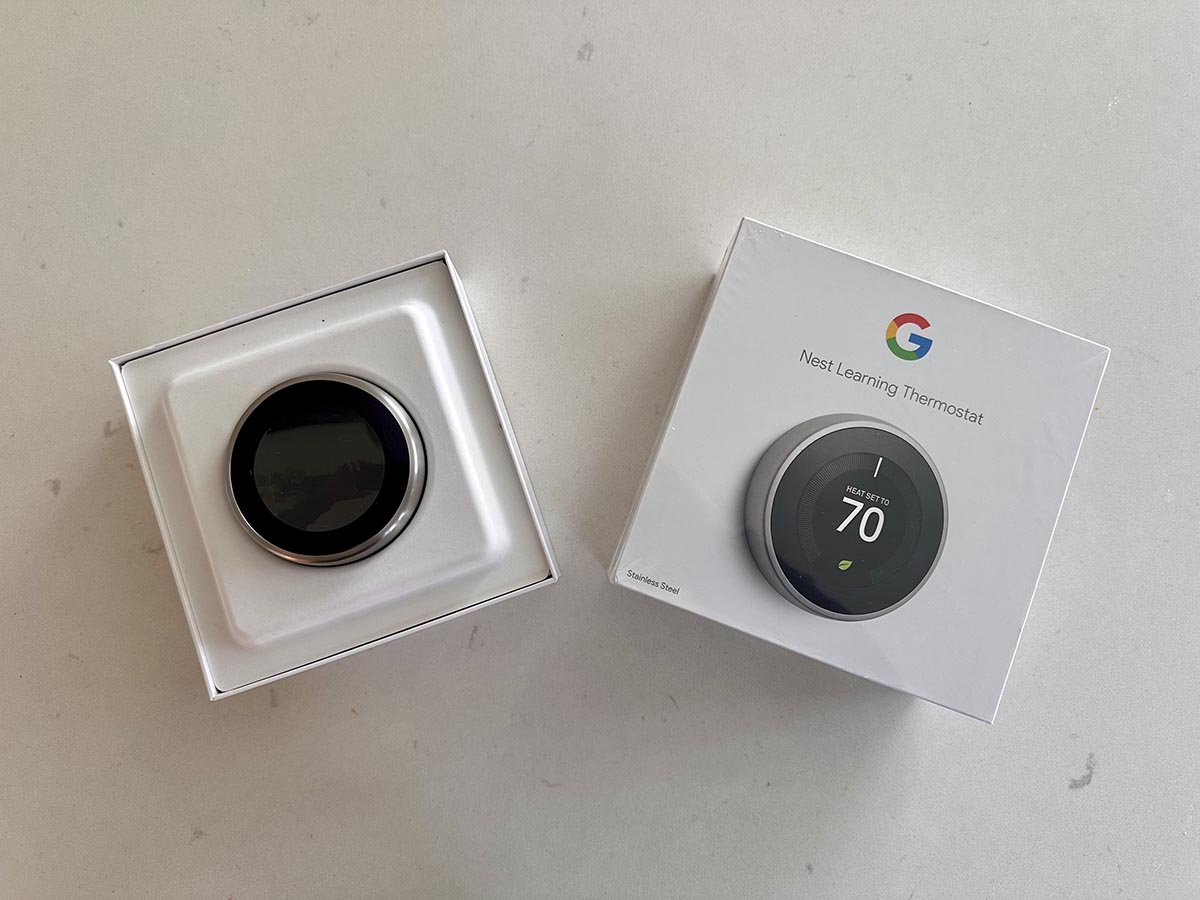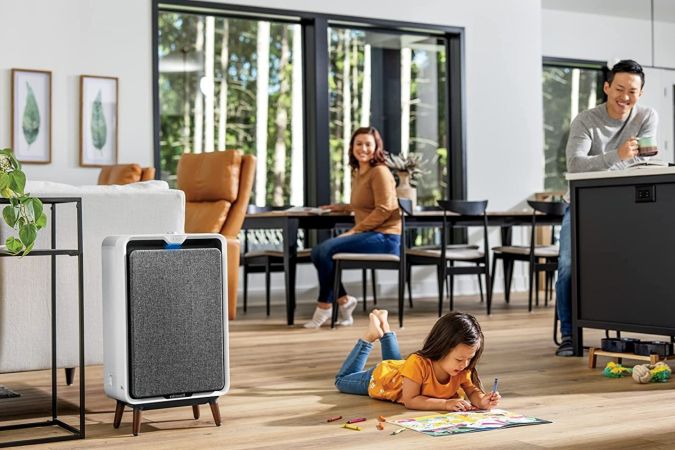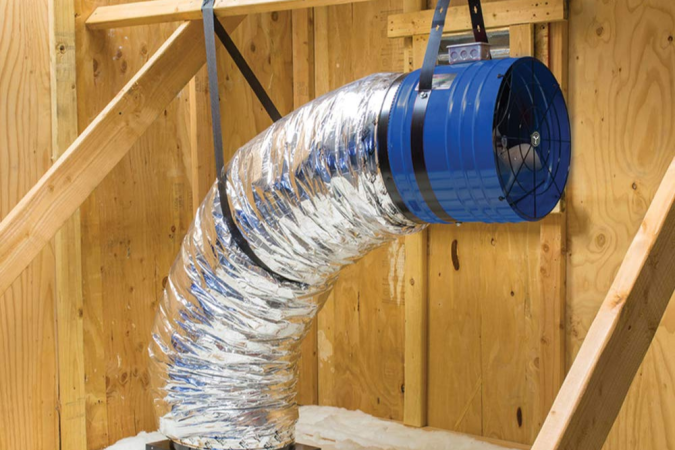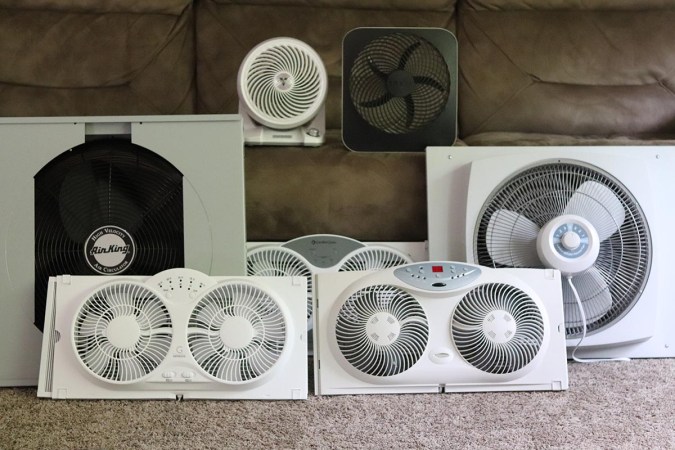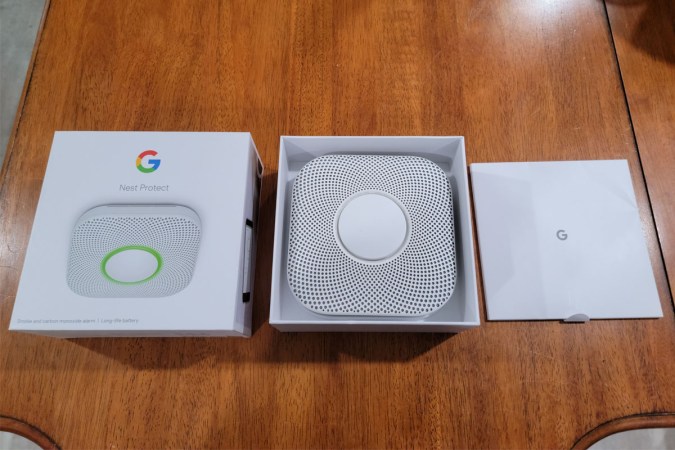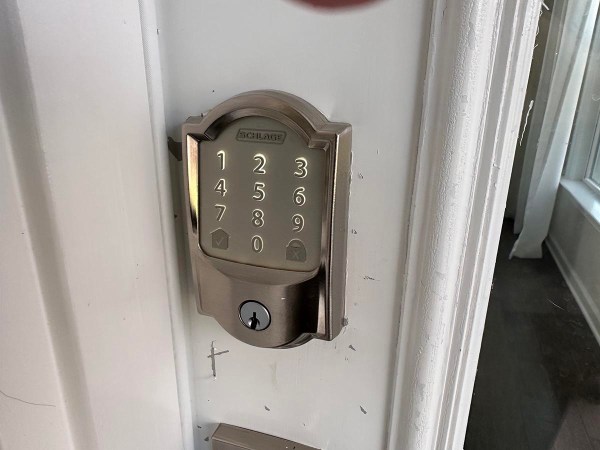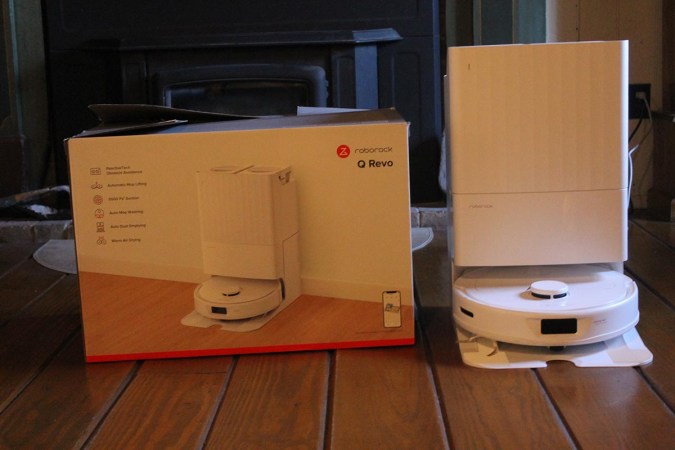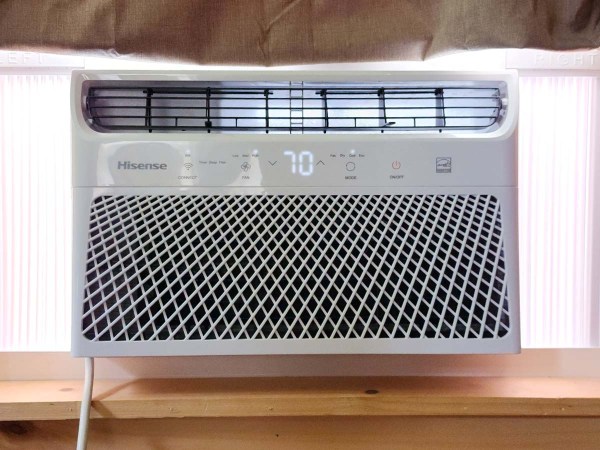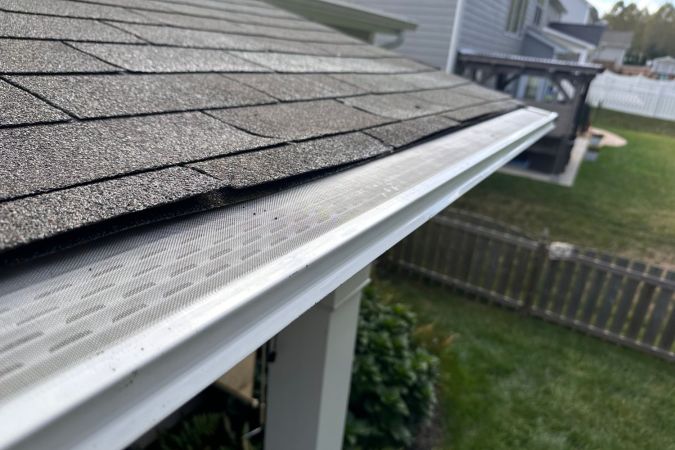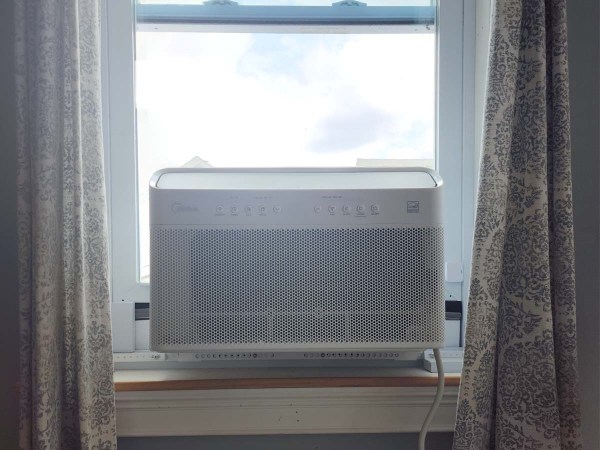We may earn revenue from the products available on this page and participate in affiliate programs. Learn More ›
The Google Nest Learning thermostat was one of the first smart-home thermostats on the market, having launched its first iteration in 2012. With a modern stainless steel cover, attractive full-color display, energy-saving automation, and loads of features, it’s one of the most impressive home thermostats money can buy. The Google Nest is also one of the priciest home thermostats available today, which begs the question: Is it worth the investment?
I spent several weeks testing the Google Nest Learning thermostat—along with nine other home thermostats—to answer that question. Read on to discover why this smart-home thermostat rose to the top.
Google Nest Learning Thermostat: At a Glance
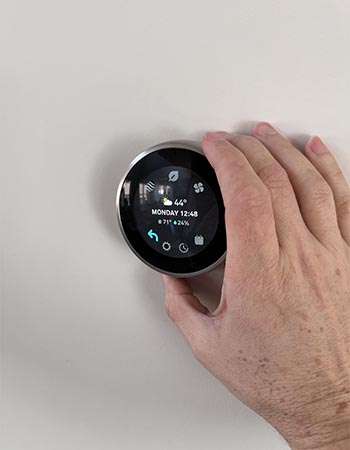
Rating: 8.6/10
SPECS
- Type: Smart
- Display screen size: 2 inches high by 2 inches wide
- Battery: Rechargeable lithium-ion
PROS
- Geofencing function automatically sets temperature based on whether you’re home or away
- Modern stainless steel housing with large full-color, high-resolution display
- Intuitive app and thermostat interfaces make it easy to set schedules and customize settings
CONS
- Does not include room sensors, which are sold separately
- Learning feature produces inconsistent temperature settings
- One of the most expensive smart-home thermostats on the market
Get the Google Nest Learning thermostat at:
What is the Google Nest Learning thermostat?
The Google Nest Learning thermostat is a smart-home thermostat that features a sleek design and full-color display. Users can control the thermostat in several ways: manually by turning the thermostat’s housing, which functions as a dial; via an app; or through voice control when paired with a digital assistant like Google Assistant or Amazon Alexa.
Via the thermostat display or the app, users can set the temperature and mode, create schedules, and customize its numerous other settings. With its geofencing function, the Google Nest will also change the temperature automatically when you—and your smartphone—leave the home. Additionally, through its auto-learning feature, the thermostat will learn your temperature preferences throughout the day and night and make adjustments accordingly.
The Google Nest thermostat also tracks energy usage, which users can review via Energy History reports on the app or directly on the thermostat’s display.
Installation Is Easy
Installing the Google Nest Learning thermostat isn’t complicated; I completed the installation in less than an hour. The Google Nest app walked me through the process, including how to attach the mounting bracket to the wall, connect the wiring, and add the device to my Wi-Fi network. The app also showed me a short tutorial once I had the thermostat up and running.
The included mounting bracket had a built-in bubble level to help me align it properly. No special tools are required for installation; however, I recommend using a power drill to attach the mounting bracket to the wall.
Since thermostats only use a 24-volt power supply, there’s no risk of electric shock during installation. However, users will still want to shut off power to the thermostat at the electrical panel to avoid potentially blowing a fuse inside the gas furnace, a lesson I learned the hard way during my testing.
While the Google Nest is designed to work without a C-wire in most homes, some HVAC systems may require one to operate the thermostat properly. If you don’t already have a C-wire, you can purchase the Google Nest Power Connector to avoid having to run one through your walls.
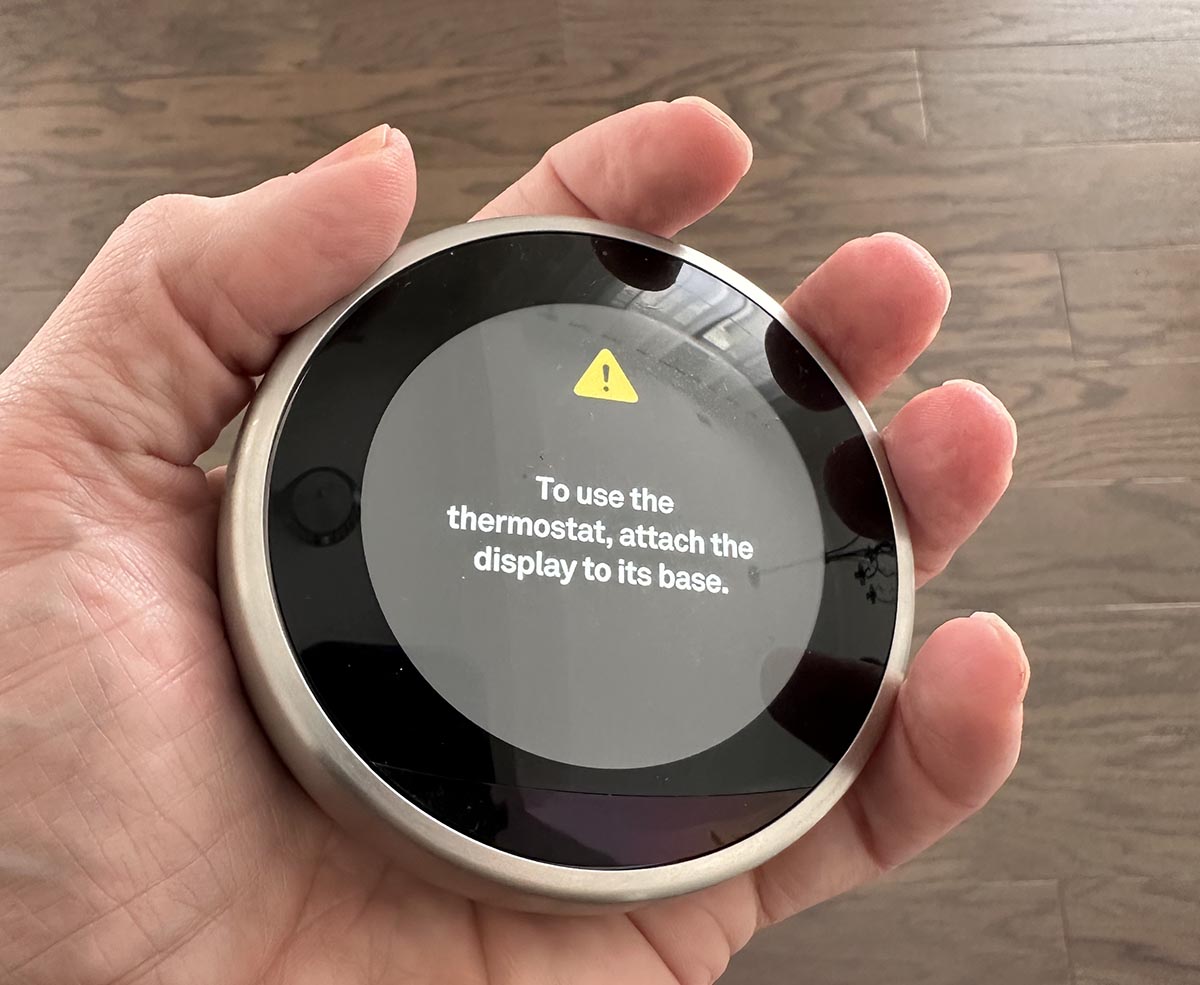
Simple to Operate Through the Controls or App
One of the things I liked most about the Google Nest Learning thermostat is the intuitiveness of the controls. Though this model is one of the most modern thermostats on the market, it uses an old-school design for temperature changes. To increase or decrease the temperature via the thermostat, I only needed to turn the metal housing to the right or the left.
I navigated the Google Nest’s many settings and features by simply pressing the bottom of the thermostat display and rotating the dial. Since the display is so large, it was easy to set schedules, access weather reports, and even review energy usage via the thermostat itself.
Of course, all of this functionality is also available through the Google Nest app. Setting temperatures and changing between heat and cooling modes with the app is simple. I created weekly schedules, reviewed energy usage reports, inputted energy-saving settings, and tailored the display settings with relative ease.
The Google Nest Learning thermostat features an abundance of energy-saving options. For example, you can choose whether to have the thermostat begin heating or cooling before arriving home or wait until you walk in the door to save energy. There’s also a setting that continues to run the fan after turning off the AC to maximize the use of cold air it produces.
While the sheer abundance of settings on the Google Nest is impressive, it can also be overwhelming. Luckily, the app provides a brief explanation for each setting when you tap on it.
Great Performance, but Learning Functionality Could Be Improved
The Google Nest Learning thermostat is one of the most visibly attractive and easy-to-read thermostats I tested. The round shape and stainless steel housing give it a streamlined modern look. A large and bright color-coded display makes it easy to read the current temperature from across the room and determine at a glance if the thermostat is heating, cooling, or idle. The app is probably the easiest way to control the Google Nest, but I found myself wanting to use the thermostat itself to access its features because of this full-color display and smooth transition animation from menu to menu.
A leaf icon appears on the display when the thermostat is using an energy-saving mode. The temperature display also turns off to save energy until it senses movement in the room.
The geofencing function did an excellent job of controlling the thermostat based on whether I was at home or away. My family and I were away from home for 4 days in December, and the thermostat reduced the heat to 60 degrees Fahrenheit for the entire time without me having to do anything.
While there was a lot to love about the Google Nest Learning thermostat, I was disappointed in its learning functionality. After using the thermostat for several weeks, I expected it to pick up on my morning and evening routines. Unfortunately, the Google Nest never seemed to learn my patterns: I still found myself turning down the heat manually at bedtime and then waking up to a frigid house in the morning, even though I had been turning up the heat religiously at 7 a.m. every day.
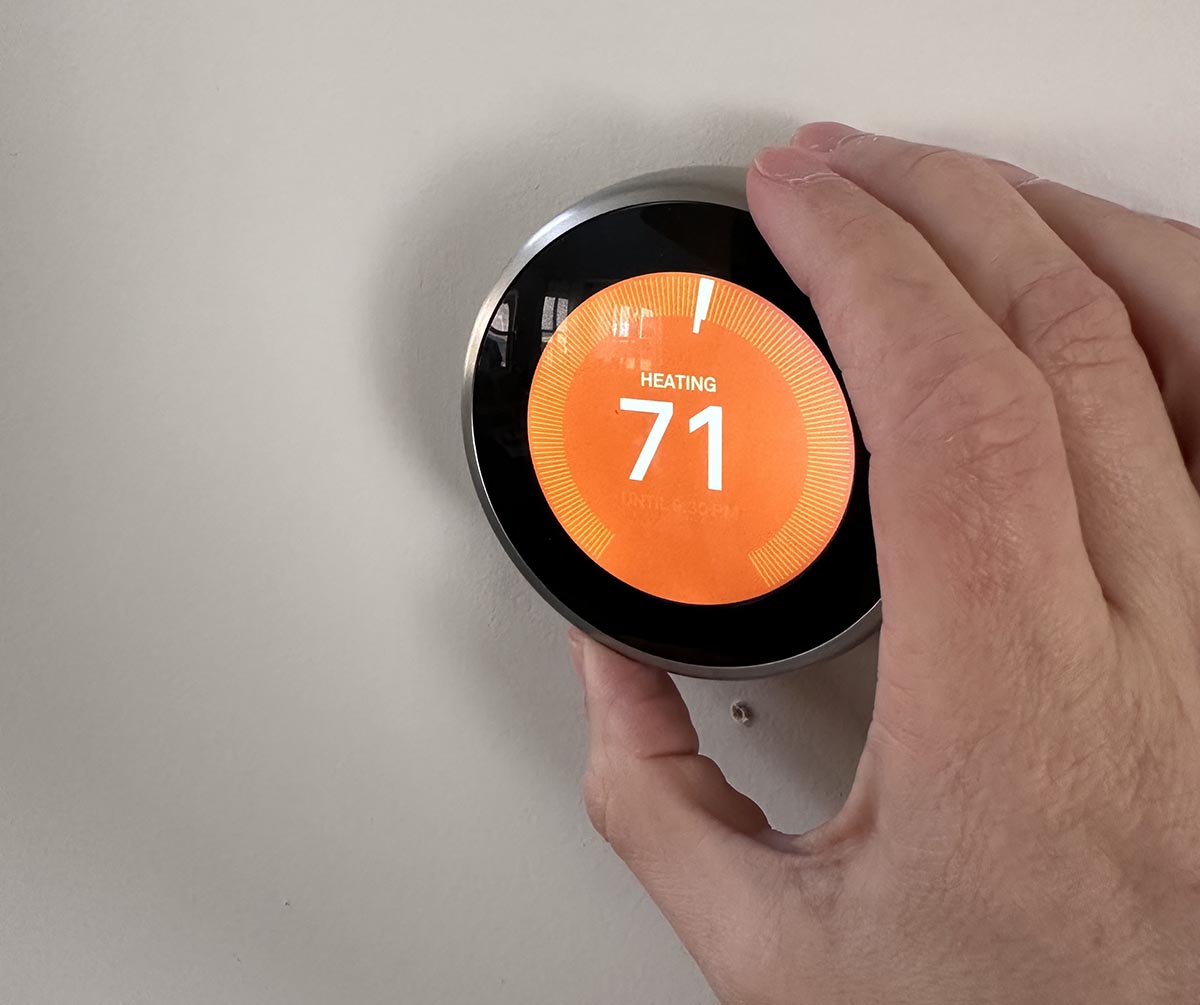
Is the Google Nest Learning thermostat worth the money?
With a price tag of well over $200, the Google Nest Learning thermostat is one of the most expensive smart thermostats available today, especially since it doesn’t come with sensors like other smart thermostats at similar price points. However, there are certainly several features that set this thermostat apart from competitors. Modern stainless steel housing, high-definition and full-color display, and an impressive list of customization and energy-saving options all add to its appeal.
Unfortunately, one of the Google Nest’s major selling points is its learning feature, which wasn’t particularly accurate during my testing. Still, this model is one of the more comprehensive thermostats I tested in terms of functionality. It’s programmable, works with digital assistants, uses geofencing to save energy, and offers features that will help you track energy use and make your HVAC system more efficient. These energy-saving features help to justify its price tag by recouping some of the initial cost over time.
Should you buy the Google Nest Learning thermostat?
Deciding to buy the Google Nest depends on the features you want in a home thermostat. This thermostat’s selling points are the smart capabilities that allow you to control it remotely via an app. It’s also loaded with features to help you cut heating and cooling costs, including geofencing that automatically adjusts the thermostat whether you’re home or away, energy-saving settings, and energy-use tracking.
Of course, you’ll need to be comfortable navigating the Google Nest app to make the most use of these features and settings. In short, for users looking for a thermostat to reduce energy costs who aren’t intimidated by smart technology, the Google Nest is a great buy.
That said, the Google Nest Learning thermostat is one of the most expensive home thermostats on the market today. Unless you take advantage of all this model has to offer, it’s difficult to justify the cost when you could purchase a basic programmable thermostat or even a thermostat with some smart functionality at a more budget-friendly price.
Where to Buy the Google Nest Learning Thermostat
Get the Google Nest Learning thermostat at:
Meet the Tester
Tony Carrick is a freelance writer specializing in home improvement, landscaping, technology, home security, and design. His articles have been featured on such sites as Popular Mechanics, Futurism, Field & Stream, 360 Reviews by U.S. News & World Report, Pro Tool Reviews, and more. Carrick has conducted rigorous product testing on everything from power tools to home security systems to backyard grills. With each review, his goal is to help readers determine whether a product meets their needs and if it is or isn’t worth its price tag.

